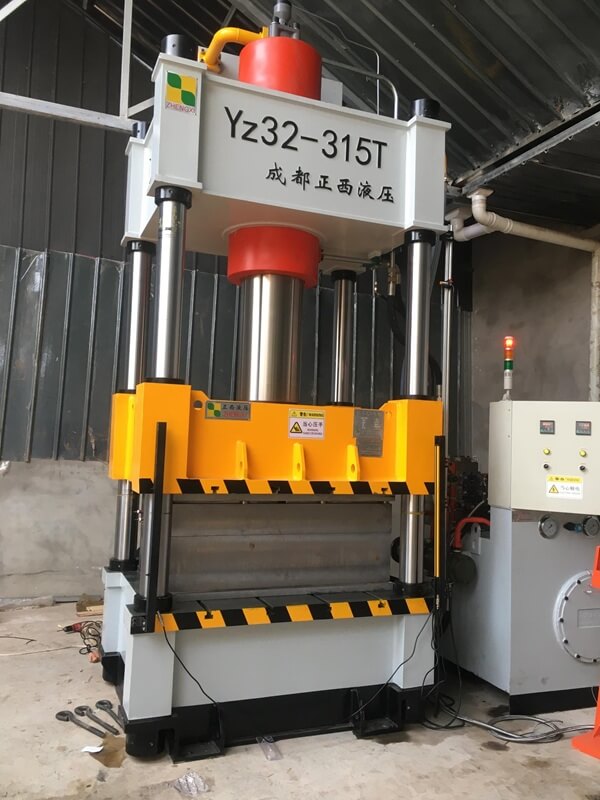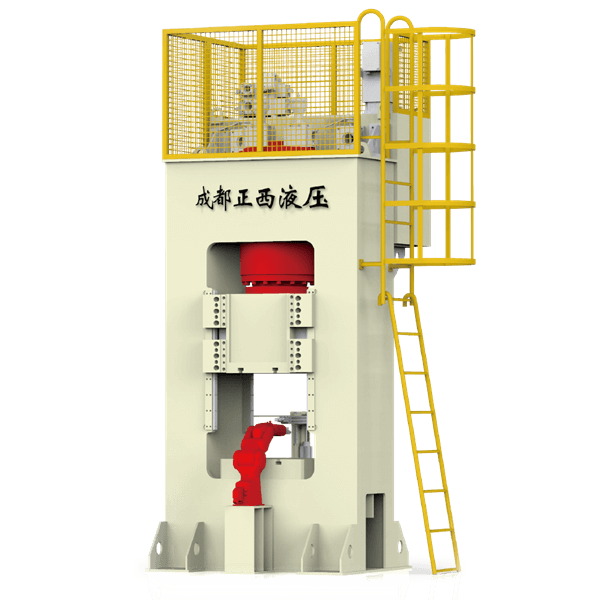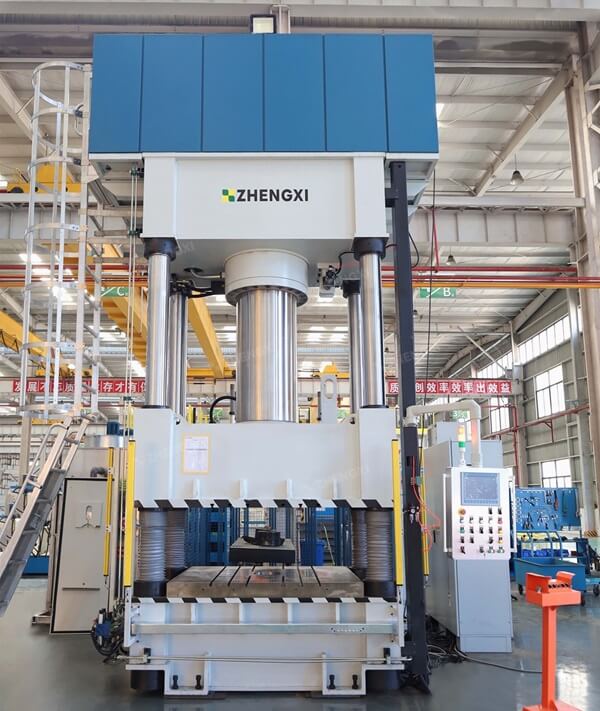Forgings require every piece to be consistent. Free of any porosity, excess space, inclusions, or other blemishes. Forging products are usually made through a certain forging process, and their application range is extremely wide. Show their talents in industry, manufacturing, etc.
Components produced by forging methods have a high ratio of strength and weight. The advantages of forgings are the stretchable length and shrinkable cross-section. Below, we introduce the application of forgings in various fields in detail.
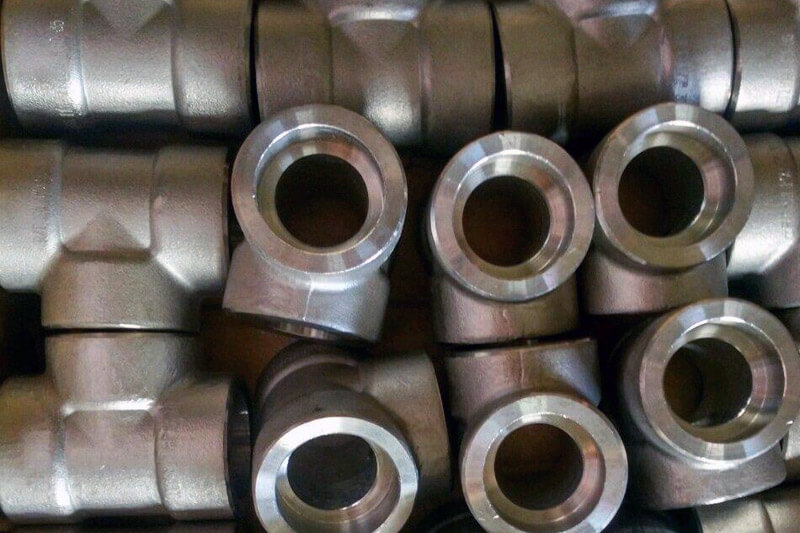
Table of Content:
- Aircraft Forgings
- Auto Forging
- Diesel Engine Forgings
- Marine Forgings
- Weapon Forging
- Petrochemical Forgings
- Mine Forgings
- Nuclear Power Forging
- Thermal Power Forging
- Hydro Forging
1. Aircraft Forgings
Calculated by weight, about 85% of the components on the aircraft are forgings. Turbine discs, rear journals, blades, wing spars of aircraft engines, ribbed plates of the fuselage, wheel brackets, inner and outer cylinders of landing gear, etc. are all important forgings related to aircraft safety.
Aircraft forgings are mostly made of high-strength wear-resistant and corrosion-resistant aluminum alloys, titanium alloys, nickel-based alloys, and other precious materials. In order to save materials and energy, most aircraft forgings are produced by die forging presses or multi-directional die-forging presses.
2. Auto Forging
By weight, there are 17-19% forgings on the car. A general car is composed of 15 components such as the body, the trunk, the front axle of the engine, the rear axle, the frame, the gearbox, the transmission shaft, and the steering system. Automobile forgings are characterized by complex shapes, lightweight, poor working conditions, and high safety requirements.
The crankshaft connecting rod used in the automobile engine, the camshaft, the front beam required for the front axle, the steering knuckle, the half shaft used for the rear axle, the half shaft bushing, the transmission gear in the axle box, etc., are key forgings that all related to the safe operation of the car.
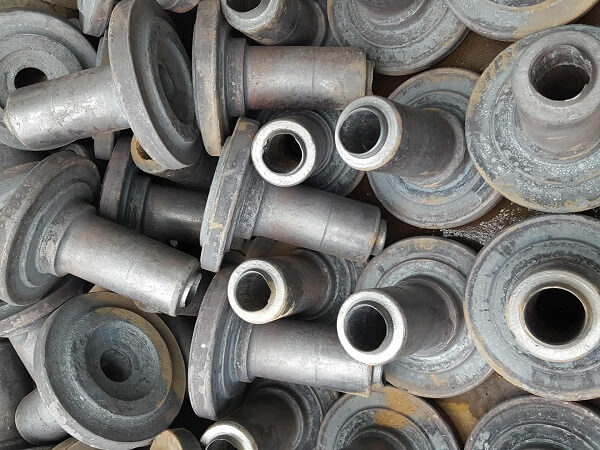
3. Diesel Engine Forgings
The diesel engine is a kind of power machinery, which is often used as an engine. Taking a large diesel engine as an example, the forgings used include the cylinder head, main journal, crankshaft end flange output end shaft, connecting rod, piston rod, piston head, crosshead pin, crankshaft transmission gear, ring gear, intermediate gear, and oil pump and so on.
4. Marine Forgings
Marine forgings are divided into three categories, main engine forgings, shafting forgings, and rudder forgings. Main engine forgings are the same as diesel engine forgings. Shafting forgings include thrust shafts, intermediate shafts, etc. Rudder system forgings include rudder stock, rudder post, rudder pin, etc.
5. Weapon Forging
Forgings occupy an extremely important position in the weapon industry. By weight, 60% of the tank is forged. Gun barrels, muzzle brakes and gun tails in artillery, rifled barrels and triangular bayonets in infantry weapons, rocket and submarine depth charge launchers and fixing seats, stainless steel valve body shells for nuclear submarine high-pressure coolers, bullets, etc., are all forged products. In addition to steel forgings, weapons can also be made from other materials.
6. Petrochemical Forgings
Forgings are widely used in petrochemical equipment. Manholes and flanges of spherical storage tanks, various tube sheets required for heat exchangers, butt welding flanges, whole forged cylinders (pressure vessels) of catalytic cracking reactors, cylinder joints used in hydrogenation reactors, and top cover, bottom cover and head of chemical equipment are all forgings.
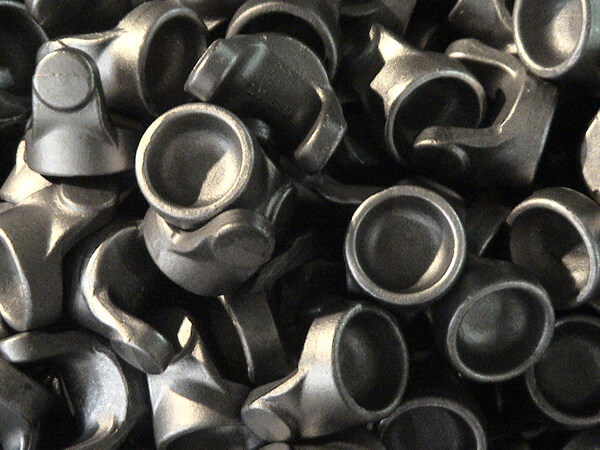
7. Mine Forgings
Calculated by equipment weight, the proportion of forgings in mining equipment is 12-24%. Mining equipment includes mining equipment, hoisting equipment, crushing equipment, grinding equipment, washing equipment, and sintering equipment.
8. Nuclear Power Forging
Nuclear power is divided into pressurized water reactors and boiling water reactors. The main large forgings of nuclear power plants can be divided into two categories: pressure shells and reactor internals. The pressure shell includes a cylinder flange, nozzle section, nozzle, upper cylinder, lower cylinder, simplified transition section, bolts, etc. The internal components of the reactor work under severe conditions such as high temperature, high pressure, strong neutron irradiation, boric acid water corrosion, erosion, and hydraulic vibration. So 18-8 austenitic stainless steel should be used to make them.
9. Thermal Power Forging
There are four key forgings in thermal power equipment, namely the rotor and retaining ring of the turbogenerator, and the impeller and rotor of the steam turbine.
10. Hydro Forging
The important forgings in hydropower station equipment include the main shaft of the water turbine, the main shaft of the water turbine generator, the mirror plate, the thrust head, etc.
Zhengxi is a professional hydraulic forging press manufacturer, providing free forging machines, closed die forging machines, open die forging machines, hot forging hydraulic presses, etc. With these types of equipment, you can meet your needs of manufacturing any forging.

